Mark Gongloff: This heat wave is just a taste of what's to come
Published in Op Eds
Weather isn’t climate, and a heat wave isn’t proof of human-induced global warming any more than a snowball disproves it. At the same time, nothing quite focuses the mind on the causes and effects of a hotter planet than Mother Nature covering half of the United States with a giant pot lid, turning up the burner and letting it boil for a while.
Thanks to a massive heat dome squatting on North America for most of the week, nearly 150 million Americans in 28 states were under some level of heat advisory from the National Weather Service as of Monday morning. More than 91 million people from Iowa to New York City face the highest level of alert, “extreme heat,” with heat indexes in the triple digits, through at least Wednesday.
Of course, there have always been heat waves. Summer is hot, as the climate-change deniers in my inbox reliably remind me. But an increasingly chaotic climate makes heat waves more likely and intense. The heat dome gripping the U.S. this week is partly due to a mundane weather phenomenon — stalled high pressure — but it was made up to five times more likely by the fact that the atmosphere is simply hotter, according to the nonprofit research group Climate Central. It’s only been a year since the “heat blob” that tormented 150 million Americans. Earlier this month, Alaska experienced its first-ever heat advisory.
And if these are the summer scorchers we can expect when the world has only warmed, say, 1.3 degrees Celsius above preindustrial averages, then just imagine what they’ll be like if and when we reach 3C of heating, the course we’re currently on. Merely hitting 2C would turn “1,000-year” heat waves like the one that hit the Pacific Northwest four years ago into events that happen once every five to 10 years, the nonprofit research group World Weather Attribution has estimated.
“One of easiest ways to see climate change’s impact is in how it’s increasing the chance these types of heat waves will occur,” Climate Central climate scientist Zachary Labe told me. “By the middle of this century, these types of heat waves will be normal. The extremes will be even higher.”
Most alarming to Labe and other scientists is the rise in the number of nights when the temperature fails to cool enough to give overheated human bodies, buildings and infrastructure any relief — a misery many parts of the country will experience firsthand this week. Here again, climate change’s influence is strong. Between 1970 and 2023, average summer minimum temperatures rose by 3 degrees Fahrenheit, on average, in 230 US locations studied by Climate Central.
Temperatures that stay so high for so long impose heavy costs on human health and prosperity. Deaths, illnesses and emergency-room visits surge. Nearly 22,000 people died from heat between 1999 and 2023, according to a study last year in the journal of the American Medical Association, with the death rate spiking since 2016, reversing years of relative stability. Heat takes more lives every year than any other weather-related disaster.
And keep in mind official tallies of heat deaths are always undercounting. Heat worsens heart disease and other deadly ailments without leaving traces, meaning it often escapes mention on death certificates.
Extreme heat that lasts all night also strains power supplies as people blast air-conditioners and fans around the clock. The nation’s biggest power utility, PJM Interconnection LLC, which serves 65 million people across a swath of the eastern U.S., has warned this heat wave could push energy demand to its highest levels since at least July 2013. That will keep boosting prices for already expensive electricity. It also increases the risk of brownouts and blackouts, compounding the danger. A heat wave coupled with power failures after Hurricane Beryl last year left Houston-area ERs packed with patients in a grim echo of the early days of the Covid pandemic.
Overheated people, streets, train lines and power grids impose economic costs beyond medical bills and lost lives. Extreme heat gouged U.S. productivity by $100 billion in 2020, according to the “purposely conservative” estimate of the Atlantic Council’s Climate Resilience Center, a toll expected to rise to $500 billion per year by 2050.
If we were taking this issue seriously, we would stop burning fossil fuels as quickly as possible, curbing the emissions of greenhouse gases cooking the atmosphere. Meanwhile, we would help states, towns, power suppliers and businesses better prepare for heat waves by planting green spaces, opening cooling centers, hardening infrastructure, conserving energy and checking on vulnerable people to make sure they’re safe.
In that fantasy world, the federal government might even declare these events natural disasters, because that’s what they are, making dollars available for relief and preparation. Maybe we could even give them memorable names — Heat Wave Exxon, say. We would pump money into climate science to help predict them further in advance, giving us more time to save lives.
In our current harsh reality, the climate-change deniers running the U.S. government are doing none of the above. In fact, as part of his whole-of-government attack on climate action, President Donald Trump is doing everything in his power to make heat waves more brutal and costly:
— The National Oceanic and Atmospheric Administration’s National Heat Strategy, launched just last year to prepare for heat events, has shut down.
— Most members of an interagency working group on extreme heat have quit.
— Layoffs at the National Weather Service, Federal Emergency Management Agency, Health and Human Services and other agencies have made emergency response and preparation more difficult.
— Federal money for local resilience and climate studies is frozen.
And that’s just a sampling; a report Monday from the Federation of American Scientists has the whole depressing list of the ways the U.S. is deeply unprepared for this and future heat waves, if you have time and the stomach to read it. Some state and local governments are taking heroic steps to protect their citizens, but stretched budgets only go so far.
As hot as this summer will be, it’s also one of the coolest we will ever enjoy again. Just how much hotter and more destructive future summers will become is still in our control.
_____
Mark Gongloff is a Bloomberg Opinion editor and columnist covering climate change. He previously worked for Fortune.com, the Huffington Post and the Wall Street Journal.
_____
©2025 Bloomberg L.P. Visit bloomberg.com/opinion. Distributed by Tribune Content Agency, LLC.
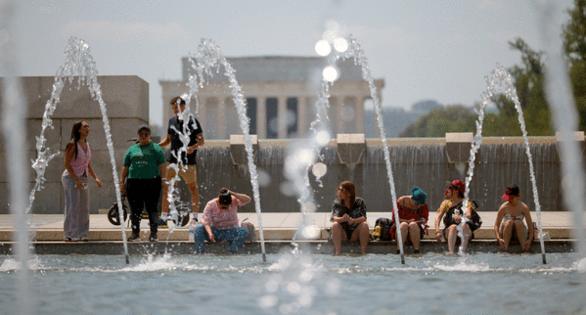


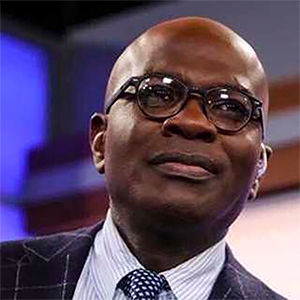



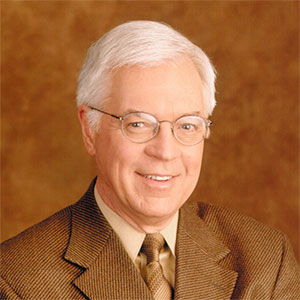



















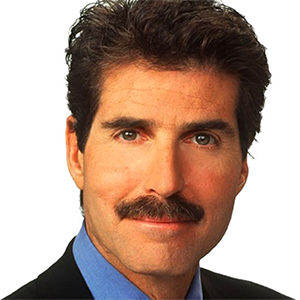

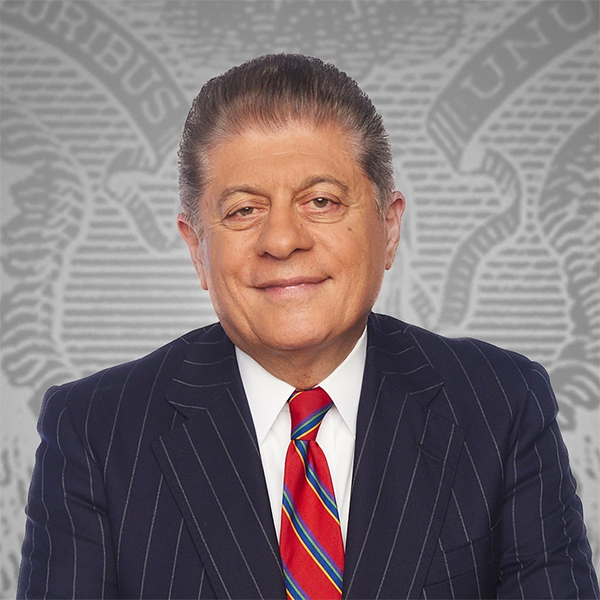







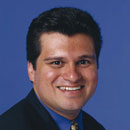







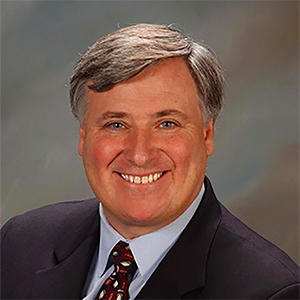











Comments